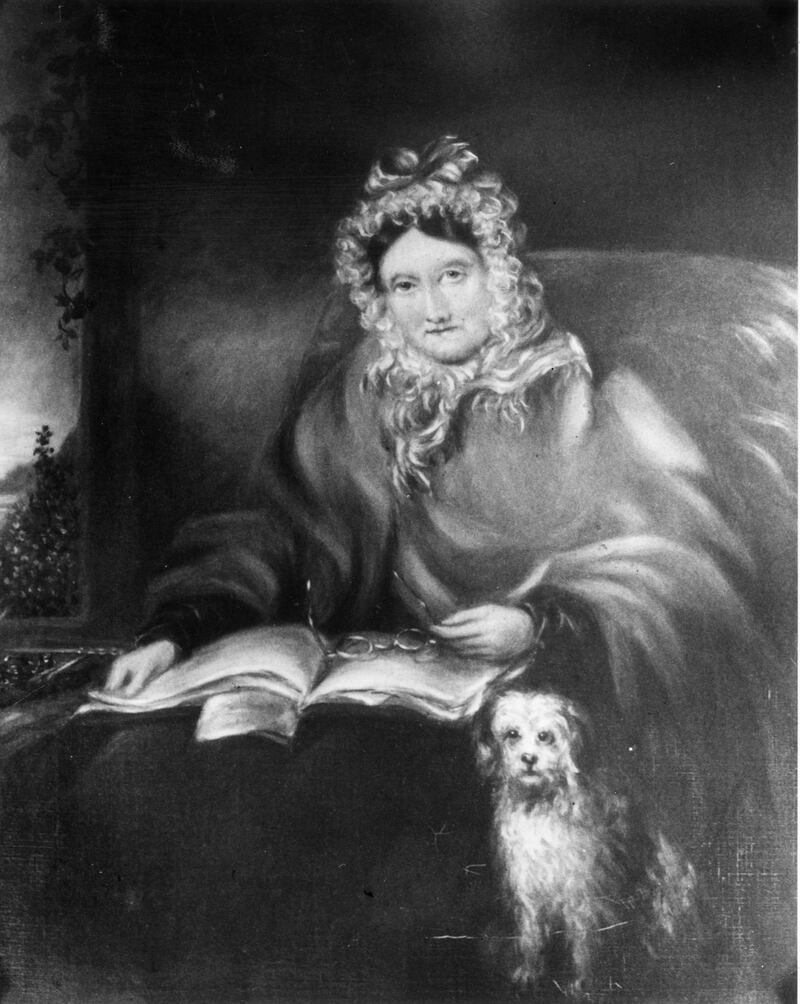"Food talks," writes Laura Shapiro in What She Ate: Six Remarkable Women and the Food That Tells Their Stories, "but somebody has to hear it." Shapiro is certainly listening and has been for a while. That said, What She Ate is something of a departure from her previous fare – Perfection Salad: Women and Cooking at the Turn of the Century, Something from the Oven: Reinventing Dinner in 1950s America, and Julia Child: A Life – with its combination of culinary writing/cultural history and literary biography.
“I take up the lives of six women from different centuries and continents – women who cooked and women who didn’t – and in recounting these lives, I’ve placed the food right up front where I believe it belongs,” Shapiro writes. “Food, after all, happens every day; it’s intimately associated with all our appetites and thoroughly entangled with the myriad social and economic conditions that press upon a life.”
It’s an inspired approach, not to mention probably the only way to bring this particularly eclectic bunch of women together in one book. Shapiro begins at the very end of the 18th century, with Dorothy Wordsworth, devoted sister and helpmate of the Lake District poet; before bounding forward a century to Rosa Lewis, Cockney scullery maid-turned-“England’s greatest woman chef” and a favourite with the portly gourmand, King Edward.
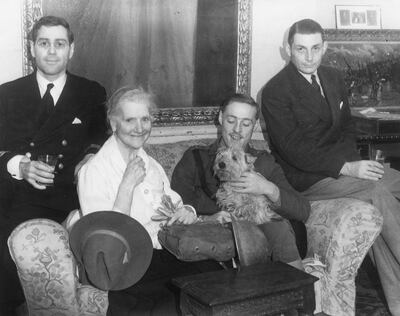
We then hop across the Atlantic for Shapiro’s next subject: Eleanor Roosevelt, who, with her “bleak culinary reputation”, presided over the worst table in the history of the White House.
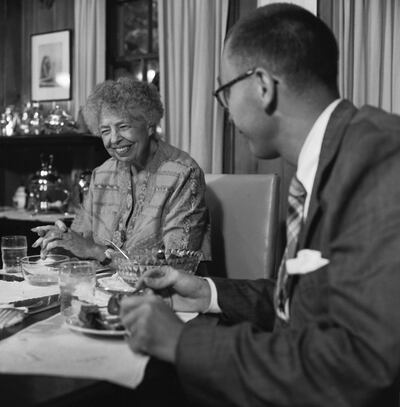
As Martha Gellhorn taught Ernest Hemingway prior to his first invitation to dine there, “everyone in Washington knew the rule: When you’re invited to a meal at the White House, eat before you go”.
Then it’s back to Europe for another First Lady of a sort: Eva Braun, Hitler’s mistress and eventual wife, who supped on champagne and sweets, even in the final days of her life in the bunker near Berlin’s Reich Chancellery.
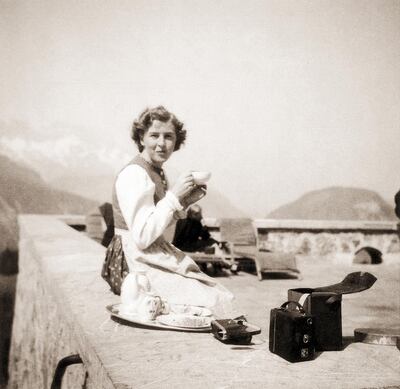
This is followed by a delicious chapter on the British novelist – and “culinary historian’s dream” – Barbara Pym. Shapiro draws on both Pym’s notebooks – she made a habit of sitting in restaurants and tea shops recording the details of the plates of the diners around her, squirrelling away their meals to give the characters in her novels – and her fiction, which together amounts to “a radical retelling of the state of the British table” in the post-war years.
Finally, Shapiro brings her book to a close with a return to the United States and Helen Gurley Brown, who turned Cosmopolitan magazine into the offering we recognise today, and who preached (and practised) the philosophy that the way to a man's heart is through his stomach, while she – an obsessive and lifelong dieter – subsisted off sugar-free diet Jell-O. "If I eat I feel guilty. And I'd rather feel hungry," she once told a journalist.
Shapiro is a generous and entertaining writer, enough to ensure that her readers are never bored. William Knight, one of the first scholars of the Wordsworths, edited Dorothy’s journals for publication, removing what he called “numerous trivial details”, but it’s precisely these, Shapiro points out, that she’s interested in here.
Sometimes she takes it a little far – I’m not entirely convinced by everything she extrapolates from the single-line entry Dorothy Wordsworth made in her diary on January 13, 1829: “Dined on black puddings.” It does work well when it comes to Pym, for example, but then that’s because Pym and Shapiro are on the same page in this respect: “People blame one for dwelling on trivialities,” says one of the novelist’s heroines. “But life is made up of them.”
Lewis’s story is a fascinating one, but as a professional chef, she’s an anomaly amongst Shapiro’s subjects. That chapter is less about what she ate, and more about what she cooked for others to eat: she would serve the king a decadent whole truffle that had been boiled in champagne, but she also knew him well enough to know his favourite meal was boiled bacon and broad beans.
It's not that the other women didn't cook for others. Cooking for her husband was central to Gurley Brown's much-chronicled role as a wife – "To be a wife was to cook. Not to eat – that was a different matter entirely – but to cook". And she even penned her own cookbook, Helen Gurley Brown's Single Girl's Cookbook, which was published in 1969, the hope being that it would ride the coattails of her earlier, hugely popular work, Sex and the Single Girl (1962).
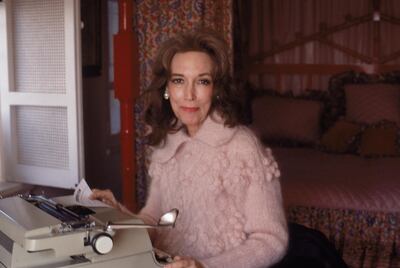
And Dorothy cooked for her brother, and later in life her nephew: “Far more than a chore, in Dorothy’s world it was an aspect of identity.” It’s Braun who feels the most superfluous though, especially because it’s actually Hitler’s eating habits that take centre stage here: the then future lovers first locked eyes when Eva brought him a meal of beer and a Bavarian sausage (apparently he was actually a rather fair-weather vegetarian, often enjoying one of the many variations of this classic German specialty).
Shapiro’s argument that Roosevelt cultivated an unappetising table at least in part to punish her husband for his infidelities – their “culinary cold war” – is much more enticing. (Although in her public life the president’s wife was a keen supporter of the emerging home economics movement), Also compelling is her discussion of Gurley Brown’s complicated relationship with food and feminism.
Though Shapiro’s thesis falls a little flat on occasion, this doesn’t detract from the delights of the volume as a whole. Good food writing is very much like good food, someone with the right skills can transform the most basic of ingredients into a tasty dish, while one who lacks the necessary knowledge serves up only unappetising slop.
What She Ate might detail some disastrous dishes – Roosevelt's "hot stuffed eggs with tomato sauce", or Gurley Brown's "skinny hot buttered rum": that's "Butter Buds" (dried, low-fat butter), "Equal" (sweetener) and rum – but Shapiro's book itself is a smorgasbord of juicy, fascinating delights.
________________
Read more:
[ Where to find the best gourmet burgers in the UAE ]
[ The co-owner of Black Tap's burger recipe ]
_______________
